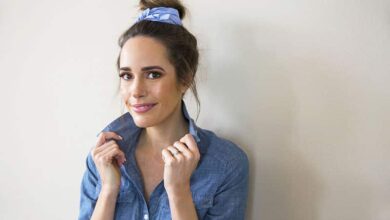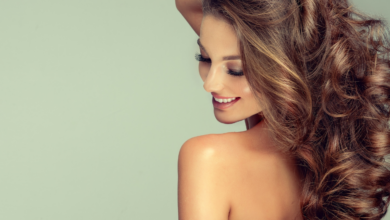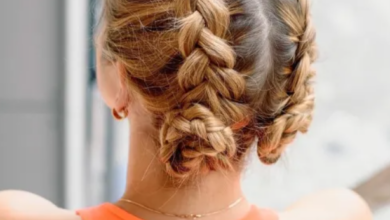
If you’re in search of the ultimate hair styling technique that can transform your look from ordinary to extraordinary, look no further than the art of texturizing. In this article, we explore how texturizing has become a true mastery of hair styling, with stylish.ae leading the way in providing innovative and expert solutions. Discover how this technique can add depth, dimension, and personality to your hair, giving you a style that is uniquely yours.
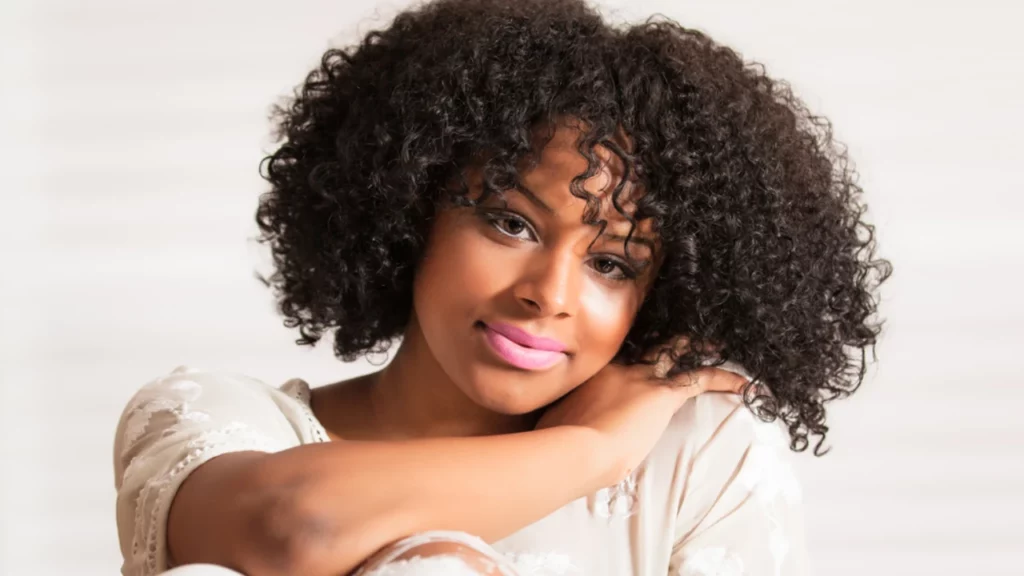
Choosing the Right Tools and Products
The importance of using the right tools
When it comes to texturizing hair, using the right tools is essential for achieving the desired results. Having the appropriate tools not only makes the process easier but also ensures that the texture is created effectively and efficiently. The right tools can make all the difference in achieving the desired texture and creating a unique style that suits the client’s needs.
Different types of texturizing tools
There is a wide range of texturizing tools available in the market, each serving a specific purpose. Texture shears or thinning shears are commonly used tools for creating texture in the hair. These specialized scissors have teeth or notches on one blade that help to remove bulk and create soft, textured layers. Another popular tool for texturizing is a razor. Razors can create soft, feathered ends and add a subtle texture to the hair. Additionally, there are also texturizing brushes and combs that can create volume and texture when used correctly.
The best products for texturizing
Choosing the right products is crucial in achieving the desired texture and hold when texturizing the hair. Texturizing sprays and powders are go-to products for creating volume and enhancing texture. These products can be applied to the roots and throughout the hair to add texture and grit. Sea salt sprays are also popular for creating a beachy, tousled look. Additionally, using a quality styling cream or paste can help define and enhance the texture, making it easier to style and manipulate the hair.
Understanding Different Hair Types
Different hair textures and how they affect texturizing
Understanding the different hair textures is essential when it comes to texturizing the hair. Fine hair tends to be more delicate and can easily lose its shape, so it’s important to use lightweight texturizing techniques and products that won’t weigh the hair down. On the other hand, thick or coarse hair requires more aggressive texturizing techniques to remove bulk and create movement. Curly or wavy hair can benefit from texturizing techniques that enhance the natural texture and create more defined curls or waves.
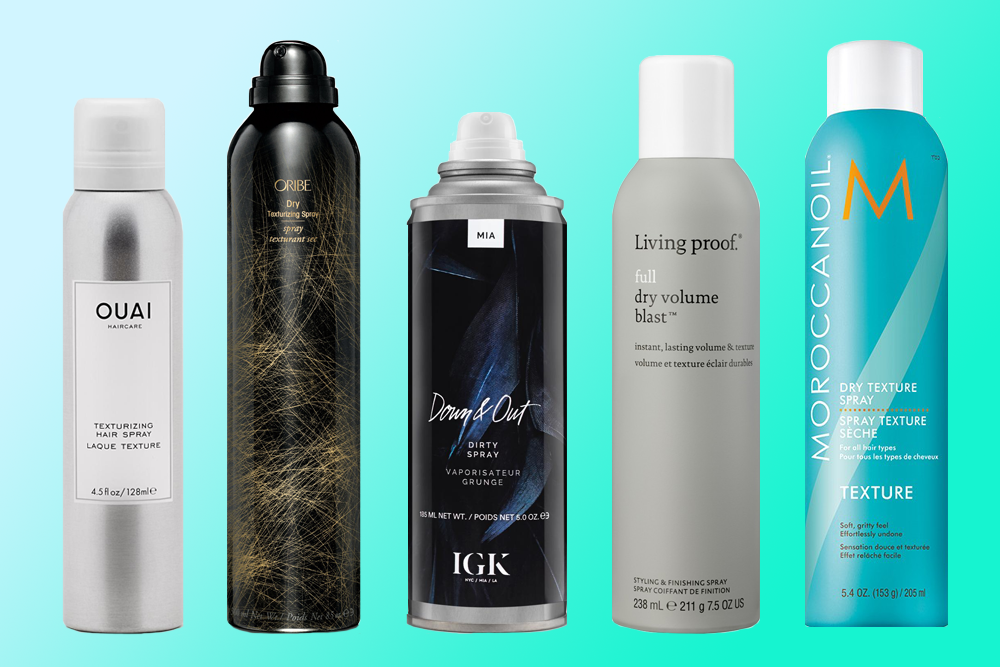
Tips for texturizing different hair types
When working with different hair types, it’s important to consider the unique characteristics of each type. For fine hair, using thinning shears or razors can create subtle texture without sacrificing too much volume. Fine hair can also benefit from using lightweight texturizing products that add volume without weighing the hair down. Thick or coarse hair can handle more aggressive texturizing techniques such as deep point-cutting or slicing to remove bulk and create movement. Curly or wavy hair can be texturized using techniques that enhance the natural texture, such as twist cutting or slide cutting.
Common challenges when texturizing different hair types
Each hair type comes with its own set of challenges when it comes to texturizing. Fine hair can easily lose its shape and become limp if too much weight is removed, so it’s important to be mindful of the amount of hair being texturized. Thick or coarse hair can require more time and effort to achieve the desired texture, as it may take more passes with the texturizing tools to remove enough bulk. Curly or wavy hair can be more unpredictable in terms of how it will react to various texturizing techniques, so it’s important to communicate with the client and make adjustments accordingly.
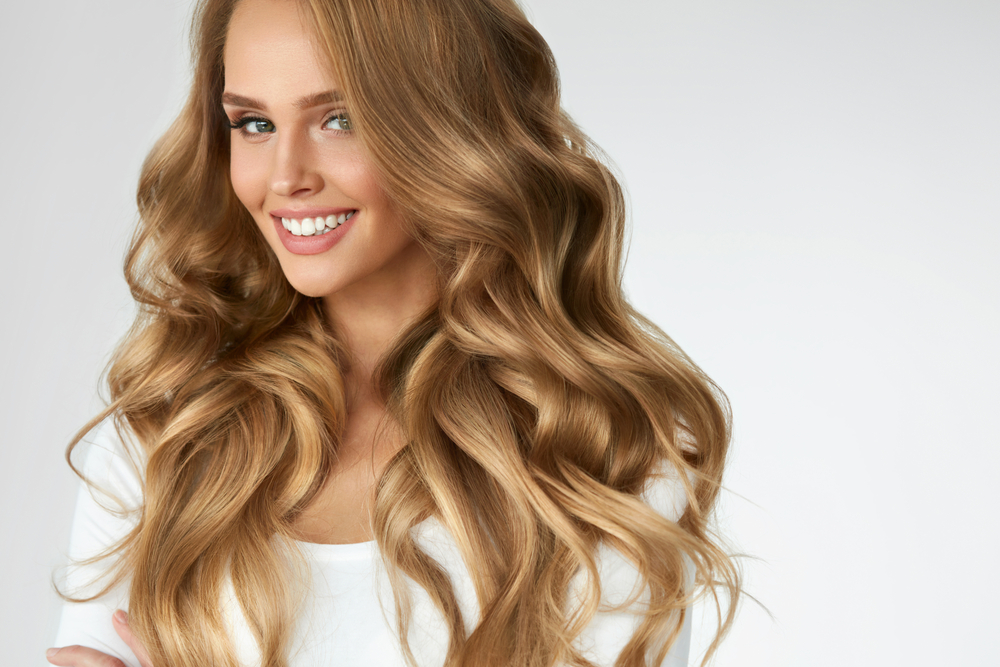
Creating Texture Through Cutting Techniques
The different cutting techniques used for texturizing
There are various cutting techniques that can be employed to create texture in the hair. Point-cutting is a technique where the hair is cut at an angle, creating soft, feathered ends. This technique is great for adding texture and movement to the hair. Slide cutting involves cutting into the hair at an angle, which can create texture and remove bulk. Slicing is a technique where the hair is cut in a sliding motion with a razor, creating individual pieces and adding volume. These cutting techniques can be used individually or in combination to achieve the desired texture.
Layering techniques for added texture
Layering is a popular technique for adding texture to the hair. By removing weight and creating different lengths throughout the hair, layering can enhance natural texture and create movement. Graduated layers, where the hair is cut shorter in the back and gradually becomes longer towards the front, can add volume and texture. Long layers can create a more subtle, blended texture, while short layers can add bold, edgy texture. Layering can be customized based on the client’s hair type and desired texture.
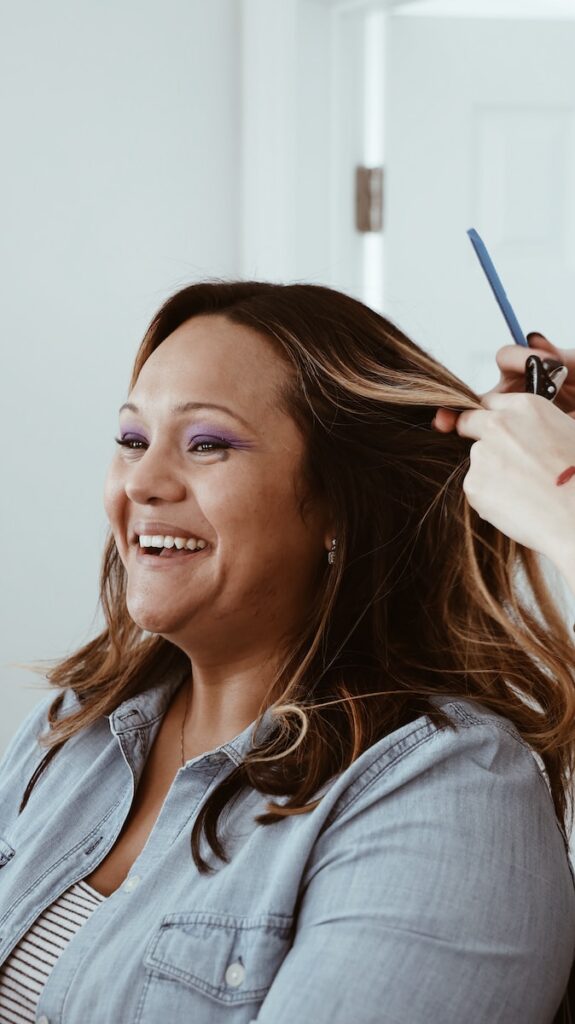
How to create texture with a razor
Using a razor is an effective way to create texture in the hair. Razors can be used to remove bulk, create soft, feathered ends, and add subtle texture. When using a razor, it’s important to have proper training and technique to avoid damaging the hair. It’s crucial to have control over the amount of hair being cut and the pressure applied to the razor. By using the razor at different angles and with varying pressure, it’s possible to create different types of texture, from soft and wispy to more defined and bold.
Working with Different Texturizing Techniques
Understanding the different texturizing techniques
There are several texturizing techniques that can be used to create different effects and texture in the hair. Thinning shears can be used to remove bulk and create soft, textured layers. Point-cutting involves cutting into the hair at an angle, creating texture and movement. Slicing is a technique where the hair is cut in a sliding motion with a razor, creating individual pieces and adding volume. Twist cutting involves twisting small sections of hair and cutting into them, which can enhance natural texture and create more defined curls or waves. These techniques can be combined or used individually to achieve the desired texture.
The pros and cons of each technique
Each texturizing technique has its own pros and cons, and understanding these can help determine which technique is best suited for a specific hair type or desired outcome. Thinning shears are great for removing bulk and adding texture, but they can also create a choppy or uneven texture if not used properly. Point-cutting is a versatile technique that can create soft, feathered ends and enhance natural texture, but it requires precision and control to avoid over-texturizing the hair. Slicing with a razor can create bold, textured looks, but it should be used with caution as it can cause damage if not done correctly. Twist cutting can enhance natural texture, but it can also create uneven results if not done evenly throughout the hair.
How to achieve the desired texture with each technique
To achieve the desired texture with each technique, it’s important to have a clear understanding of the desired outcome and the client’s hair type. Thinning shears can be used strategically to remove bulk and add texture, focusing on areas where volume needs to be reduced. Point-cutting can be used to create soft, feathered ends and enhance natural texture, paying attention to the shape and movement of the hair. Slicing with a razor can be done selectively to create individual pieces and add volume, carefully controlling the amount of hair being cut with each pass. Twist cutting can be used to enhance natural texture and create more defined curls or waves, ensuring that the technique is applied evenly throughout the hair.
The Art of Texturizing Short Hair
Creating texture in short hair
Texturizing short hair can add dimension and create a unique, edgy style. There are several techniques that are particularly effective for texturizing short hair. Point-cutting can create soft, feathered ends and add movement to the hair. Texture shears or thinning shears can be used to remove bulk and create texture throughout the hair. Razor cutting can create bold, textured looks, especially when combined with point-cutting or slicing. These techniques can be used to create different textures and styles in short hair, depending on the client’s preferences and desired outcome.
Recommended styling techniques for short, textured hair
Once short hair has been texturized, it’s important to use styling techniques that enhance and maintain the texture. Styling products such as texturizing sprays, pomades, or pastes can be used to add definition and hold to the textured hair. Applying the product to the roots and throughout the hair can add volume and enhance the texture. Using your fingers to tousle or scrunch the hair can also create a more lived-in, textured look. For a sleeker style, a flat iron or curling iron can be used to add subtle waves or curls to the texturized hair. Experiment with different styling techniques to find the look that best suits the client’s short, textured hair.
Maintaining texture in short hair
Maintaining texture in short hair requires regular upkeep and the use of the right products. Regular trims or touch-ups every four to six weeks can help maintain the shape and texture of short, texturized hair. It’s also important to use products that enhance and hold the texture. Texturizing sprays or dry shampoos can be used to refresh and add volume to the hair between washes. Styling pastes or pomades can be used to define and hold the texture, allowing for easy restyling throughout the day if desired. By incorporating these maintenance techniques and products into the styling routine, the texture in short hair can be preserved and enjoyed for weeks to come.
Texturizing Long and Medium-length Hair
Adding texture to long and medium-length hair
Texturizing long and medium-length hair can add movement and body to otherwise flat or heavy hair. There are several texturizing techniques that work well for these lengths. Layering is a common technique used to add texture to long and medium-length hair. By removing weight and creating different lengths throughout the hair, layering can enhance natural texture and create movement. Point-cutting can be used to add soft, feathered ends and create texture, especially in medium-length hair where the ends are more visible. These techniques can be customized based on the client’s hair type and desired outcome.
Popular hairstyles for textured long and medium-length hair
Texturized long and medium-length hair can be styled in a variety of ways to showcase the texture. Loose, beachy waves are a popular choice for textured long and medium-length hair. This can be achieved by using a curling iron or wand to create soft, natural-looking waves. Half-up hairstyles with a textured finish can also be a great option for showcasing the texture in long and medium-length hair. By gathering the top or front sections of the hair and securing them with pins or elastic, a trendy and effortless look is created. Braids, whether classic or messy, can also highlight the texture and create a boho-chic style.
Tips for maintaining texture in long and medium-length hair
Maintaining texture in long and medium-length hair requires regular care and the use of the right products. Regular trims every six to eight weeks can help maintain the shape and texture of long and medium-length hair. It’s also important to use products that enhance and hold the texture. Texturizing sprays or dry shampoos can be used to refresh and add volume to the roots and throughout the hair. Using a wide-tooth comb or fingers to gently tousle or scrunch the hair can also revive and enhance the texture. By incorporating these maintenance tips and products into the hair care routine, the texture in long and medium-length hair can be preserved and enjoyed.

Combining Texturizing with Other Styling Techniques
Creating dimension with texturizing and color
Combining texturizing techniques with hair color can create a multidimensional and personalized look. Adding highlights or lowlights to texturized hair can enhance the texture and create depth. Lighter pieces can be strategically placed to catch the light and showcase the texture, while darker shades add contrast and dimension. Balayage or ombre techniques can be used to create a seamless blend between different shades, enhancing the overall texture of the hair. By working with a skilled colorist and hairstylist, clients can achieve a unique and customized look that combines both texture and color.
Texturizing techniques for updos and formal hairstyles
Texturizing techniques can be used to add depth and hold to updos and formal hairstyles. By texturizing the hair before styling, the hair becomes more pliable and easier to manipulate. Thinning shears or razors can be used to remove bulk and create texture, making the hair more manageable for updos. Point-cutting or slicing can add movement and dimension to updos and formal hairstyles. These texturizing techniques can help create a soft, romantic look or a bold and edgy style, depending on the desired outcome. By incorporating texturizing techniques into updos and formal hairstyles, the overall look becomes more dynamic and visually appealing.
Incorporating texturizing with other styling tools
Texturizing can be enhanced and complemented by other styling tools, such as curling irons, flat irons, and hot rollers. Texturized hair can hold curls or waves better, as the added texture creates more grip and structure. Using a curling iron or wand to create loose curls or waves can accentuate the texture and add movement to the hair. Flat irons can be used to create sleek, straight styles that showcase the texture in a different way. Hot rollers can also be used to add volume and body to texturized hair, creating a more glamorous and polished look. By incorporating different styling tools in conjunction with texturizing techniques, hairstylists can create versatile and personalized styles for their clients.
Troubleshooting Common Texturizing Issues
Common mistakes to avoid when texturizing hair
There are common mistakes that hairstylists should avoid when texturizing hair to ensure optimal results. One common mistake is over-texturizing the hair, which can result in an uneven or choppy appearance. It’s important to have control over the amount of hair being texturized and to make each cut with intention. Another mistake is not considering the client’s hair type and desired outcome. Each hair type requires specific techniques and adjustments, so it’s important to communicate with the client and understand their expectations. Lastly, using the wrong tools or products can also lead to less-than-desirable results. It’s crucial to choose the appropriate tools and products that suit the client’s hair type and desired texture.
Solutions for uneven texture
If the texture of the hair appears uneven after texturizing, there are several solutions to consider. One option is to adjust the cutting technique. Thinning shears or razors can be used to remove bulk and soften the texture in areas that appear too heavy or choppy. Another solution is to use styling products that enhance and define the texture. Texturizing sprays or pomades can be applied to the areas that need more texture or volume to create a more even and balanced look. Lastly, it may be necessary to make adjustments during the styling process. Using your fingers or a comb to manipulate the hair and redistribute the texture can help create a more cohesive and uniform appearance.
How to fix over-texturized or under-texturized hair
Over-texturized or under-texturized hair can be fixed with the right techniques and adjustments. If the hair appears over-texturized, one solution is to allow the hair to grow out and gradually trim away the excess texture. This will give the hair time to regain its natural shape and texture. In the meantime, styling products such as texturizing sprays or pomades can be used to enhance and define the existing texture. If the hair appears under-texturized, additional texturizing can be done using thinning shears or razors to create more texture and movement. It’s important to communicate with the client and make adjustments based on their desired outcome and the current state of their hair.
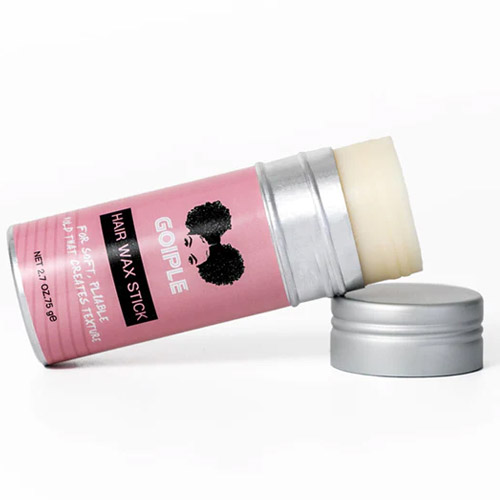
The Importance of Communication with Clients
How to understand and meet client expectations
Effective communication with clients is key to understanding and meeting their expectations when it comes to texturizing their hair. It’s important to start the consultation process by asking open-ended questions and actively listening to the client’s responses. Understanding their lifestyle, hair care routine, and desired outcome can help determine the best texturizing techniques and products to use. Additionally, it’s important to manage expectations and provide realistic feedback. If the desired texture is not achievable or may not suit the client’s hair type, it’s important to communicate this and offer alternatives. By maintaining clear and open communication throughout the process, hairstylists can ensure that the client’s expectations are met or exceeded.
Effective communication during the consultation process
During the consultation process, effective communication is essential to ensure that both the hairstylist and the client are on the same page. It’s important to create a comfortable and open environment for the client to express their wants and needs. Asking specific questions about their hair type, past experiences, and desired outcome can provide valuable information for the hairstylist. Using visual aids such as photos or swatches can help the client communicate their desired texture and style more effectively. It’s also important to explain the texturizing techniques and products that will be used, highlighting any potential risks or limitations. By actively listening and providing clear explanations, hairstylists can build trust and ensure that the client’s vision is understood and executed.
Managing client feedback and adjustments
Managing client feedback and making adjustments during the texturizing process is crucial to client satisfaction. It’s important to create an environment where the client feels comfortable expressing their likes, dislikes, and concerns. Actively listening to their feedback and addressing any issues or concerns promptly can help build trust and maintain a positive client-stylist relationship. If the client is not satisfied with the initial results, it’s important to make the necessary adjustments while considering the limitations of the client’s hair type and desired outcome. Offering alternative solutions or techniques can also help meet the client’s expectations and ensure their satisfaction. By effectively managing client feedback and making appropriate adjustments, hairstylists can create a positive and successful texturizing experience for their clients.
Mastering the Art of Texturizing
The importance of practice and experience
Mastering the art of texturizing requires practice and experience. Texturizing is a skill that develops over time, as hairstylists become more familiar with various hair types and texturizing techniques. It’s important to continually practice and refine techniques to improve precision and achieve consistent results. Working with a variety of clients and hair types can also provide valuable experience and allow for the development of a unique texturizing style. By dedicating time to practice and gaining experience, hairstylists can become masters of texturizing and provide exceptional results for their clients.
Continuing education and staying updated on trends
Continuing education is essential for hairstylists to stay updated on the latest trends and techniques in texturizing. Attending workshops, seminars, and industry events can provide opportunities to learn from experts and gain new insights and skills. Being aware of current trends and emerging techniques allows hairstylists to offer their clients the latest texturizing options. Additionally, staying updated on new products and tools can improve the texturizing process and result in better outcomes. By investing in ongoing education and staying informed about industry trends, hairstylists can continuously improve their texturizing skills and provide cutting-edge services to their clients.
Developing your own unique texturizing style
As hairstylists gain experience and master the art of texturizing, it’s important to develop their own unique style and approach. A unique texturizing style sets a hairstylist apart and allows them to create distinctive looks for their clients. This can be achieved by combining various texturizing techniques, experimenting with different tools and products, and incorporating personal touches into the styling process. Developing a signature texturizing style requires an understanding of the client’s needs and preferences, as well as an ability to adapt and innovate. By embracing creativity and individuality, hairstylists can create a unique texturizing experience for their clients and establish a loyal clientele.

